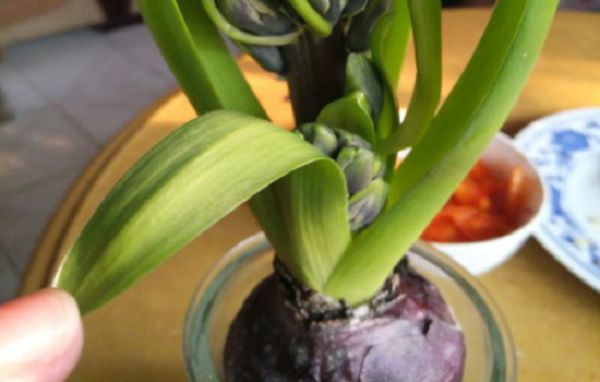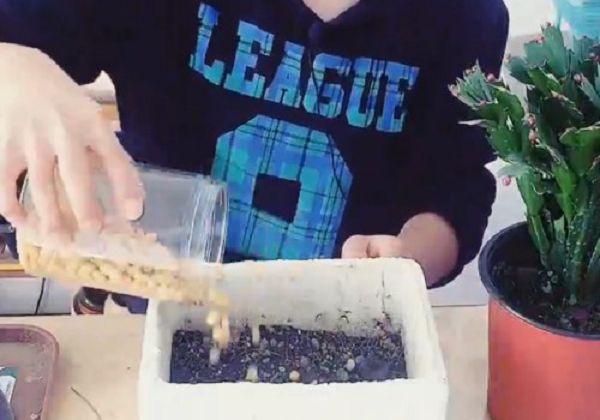Planting method of potted lilac

The lilac flower is beautiful, fragrant and elegant, and it is very popular as a leader in family-raised flowers. Lilac is a kind of common flower. As the city flower of Harbin, Heilongjiang Province, it has its unique charm. So what is the method of planting lilacs? Today, the editor will take you to see how to grow potted lilacs.
Planting method of potted lilac
1. Soil requirements
Lilacs are not strict with the soil and can withstand barren. Except strongly acidic soil, it can grow normally in all kinds of soil, and the loose neutral soil should be the best in the planting method of clove. Generally avoid planting in low-lying land, stagnant water will cause disease or cause death of the whole plant.
2. The environment of environmental growth
Cloves are positive trees that like to grow in sunny places, grow weakly in shade or semi-shade, and bloom sparsely, but a few species, such as Yunnan cloves, require warm and moist air. When such plants are cultivated in the north, it is best to choose a small environment with high air humidity, such as being planted in a leeward or sparse forest edge. It is native to the equatorial rainforest climate and has a certain degree of cold resistance. The best growth temperature is 15-20 ℃. When the temperature is lower than 3 ℃, the plant will die of frostbite.
3. Watering method
Many friends who cultivate cloves for the first time want to know how to raise potted lilacs. In fact, cloves have strong adaptability, so the planting methods of cloves are relatively extensive. Usually, as long as you pay attention to weeding in time, do not use hoes, and pull them out directly by hand, plus the basin soil is dry and watered, do not accumulate water, you can grow normally. As for the frequency of watering, there is no strict requirement, as soon as it is dry.
4. Turning basin and pruning
Fragrant flowers have to change the pot every 2-3 years, remove the plant from the pot, trim the roots, cut off the old roots, and replace them with new culture soil to promote the growth of new roots. Before the lilac sprouts in the middle of March every year, it should be pruned, cutting off the branches that are too dense, thin, disease and insect pests, and cut off the branches that are growing vigorously. After falling leaves, you can also carry out a pruning to keep the crown round and beautiful, which is conducive to growth and flowering in the coming year.
After 3-4 years of planting, the branches of cloves are aging, and the aboveground parts should be strongly pruned, that is, they will be cut off from 30 cm above the ground, and strong branches will grow soon after they are cut off, making the crown plump, and luxuriant flowers will bloom in the next year.
5. Fertilization method
In the lilac planting method, it is best not to be fat, lilac bogey fertilization too much, will cause branches to grow, affecting flowering. It is usually enough to apply rotten compost once a year or before the beginning of winter.
6. Disease and pest control
The diseases and insect pests of clove flowers are relatively few compared with other plants, and the main pests are aphids, pocket moths and diamondback moths. If pests are found, they can be sprayed with 80-1000 times 40% dimethoate emulsion or 1000 times 25% imidophos emulsion.
Matters needing attention in lilac culture
In the final analysis, lilacs are very easy to grow, and the requirements for lilac planting are not high. Generally speaking, there is no problem with stocking. Lilacs can grow and blossom by giving some soil and water. Lilacs like sunshine, shade, cold and drought, and they do not need to be watered often. watering every two or three days is no problem, and lazy people who like to grow flowers are blessed.
But be careful to keep warm. If the temperature is lower than 3 ℃, you can tamper with the flowerpot a little and move the flowerpot in. In addition, if you encounter a typhoon at an early age, you must do a good job in preventing the wind. Lilac trunks can be fixed with ropes and bamboo poles to prevent strong winds from blowing down tree trunks.
Related
- Fuxing push coffee new agricultural production and marketing class: lack of small-scale processing plants
- Jujube rice field leisure farm deep ploughing Yilan for five years to create a space for organic food and play
- Nongyu Farm-A trial of organic papaya for brave women with advanced technology
- Four points for attention in the prevention and control of diseases and insect pests of edible fungi
- How to add nutrient solution to Edible Fungi
- Is there any good way to control edible fungus mites?
- Open Inoculation Technology of Edible Fungi
- Is there any clever way to use fertilizer for edible fungus in winter?
- What agents are used to kill the pathogens of edible fungi in the mushroom shed?
- Rapid drying of Edible Fungi



